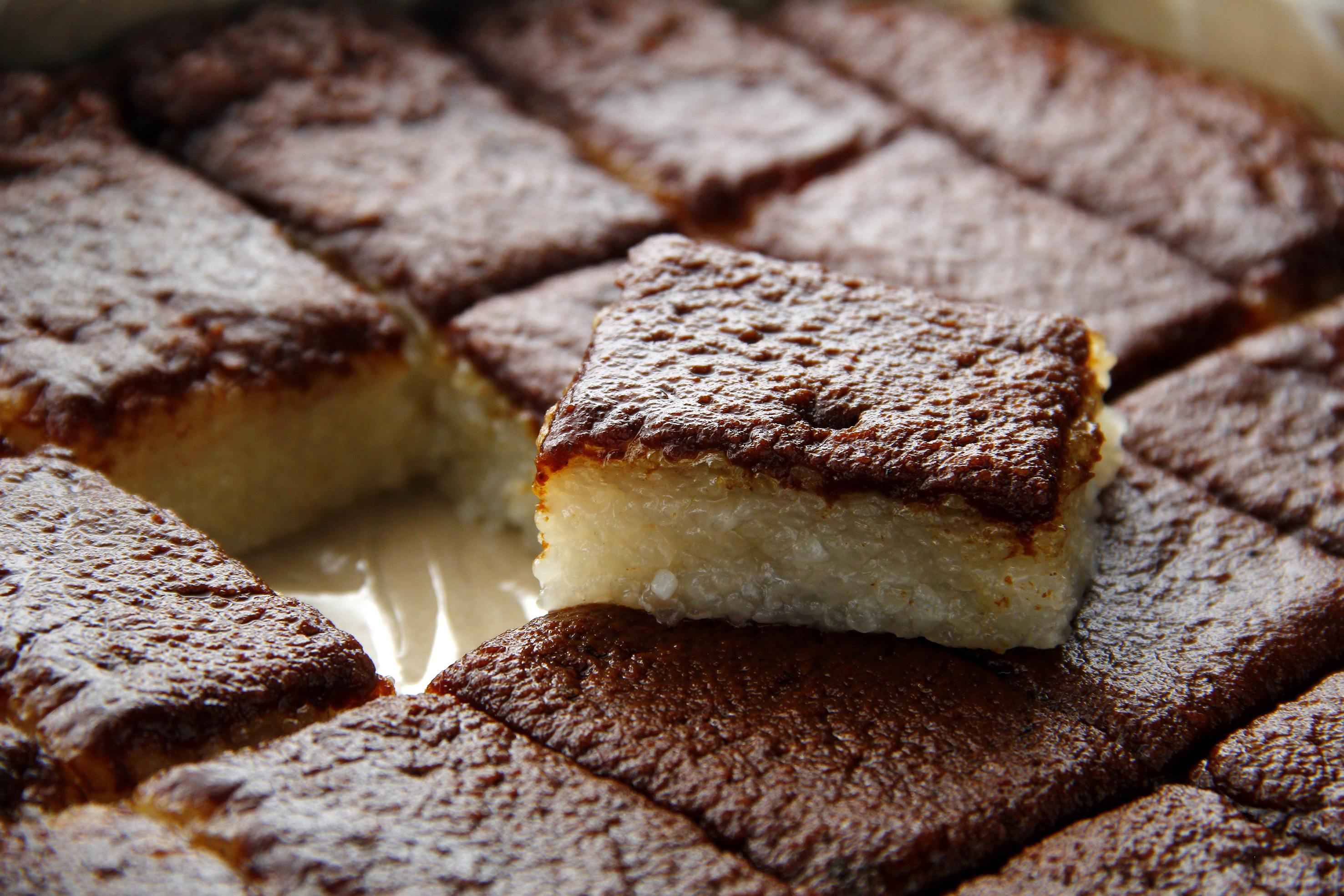Exotic Christmas, ideas for a Christmas dinner that will inspire the palate
Would you like to amaze your guests with your recipes this Christmas? We provide you with ideas for an exotic Christmas dinner that is perfect for impressing your guests.
on today's menu
Share

Christmas means tradition and customs. Its significance, its gastronomy and its symbolism manifest in different ways around the world, but they always have one element in common: spending time with family and/or friends. While maintaining its essence, varying or adapting your usual way of celebrating gives you the opportunity to discover other customs. If you want to make next Christmas a unique and amazing occasion filled with special and unusual dishes that please the palate and stimulate curiosity, you are in the right place. Many Christmas traditions from around the world may seem exotic, different, remote from our way of doing things, but they always have that point in common which makes them unique.

An exotic Christmas dinner
In the Baltic Sea, more precisely, in Lithuania, Christmas Day dishes are influenced by the local ingredients. The recipe for grey peas is the most unique symbol, as Lithuanians believe that eating grey peas brings them luck and money. The dish is served as a garnish or a starter and it is made with grey dried peas (similar to chickpeas) which are boiled and served with fried onion and smoked bacon.
Another curious place for their gastronomic Christmas tradition is Russia. If a good meal is to be appreciated, it has to begin with some aperitifs known as “zakuski”, of which hot or cold salads and appetisers are notable. The Olivier salad (adapted and known as “Russian salad”), the most traditional one of these, uses roast quail, boiled potatoes, cucumber, gherkins, capers and veal tongue. All the ingredients, with the exception of the capers, are chopped and mixed with a mayonnaise sauce. Another salad is the “herrings in their jackets” (Seliodka pod shuboy). The dining table would not be complete without soups, of which the most notable is mushroom with a zaprashka sauce.
In Costa Rica, more specifically in the district of Zapote, the star dish to accompany the celebrations is tamal. This is made with a base of maize wrapped in banana leaves and filled with pork meat or chicken and rice along with the typical condiments of the region.
The Christmas gastronomy of the Philippines is original due to the “bibingka” which, in the past, was very complicated to prepare. It was primarily cooked in an earthenware pot and the result was a large flat and spongy cake which was slightly burned on both surfaces and which had an aroma of toasted banana leaves. It can be enjoyed hot or warm after “Midnight Mass”. The rice biscuits are also noteworthy. These are known as “kakanin”, and the “salabat” (a ginger beverage) which is served hot to those who go from house to house singing Christmas carols.
The variety of gastronomies are countless, as are the different ways in which the celebrations take place (decorations, the way the dishes are presented, activities…). If you want to amaze your guests next Christmas Eve, we encourage you to include some new recipes in your menu so that you can discover other corners of the world with your palate.






